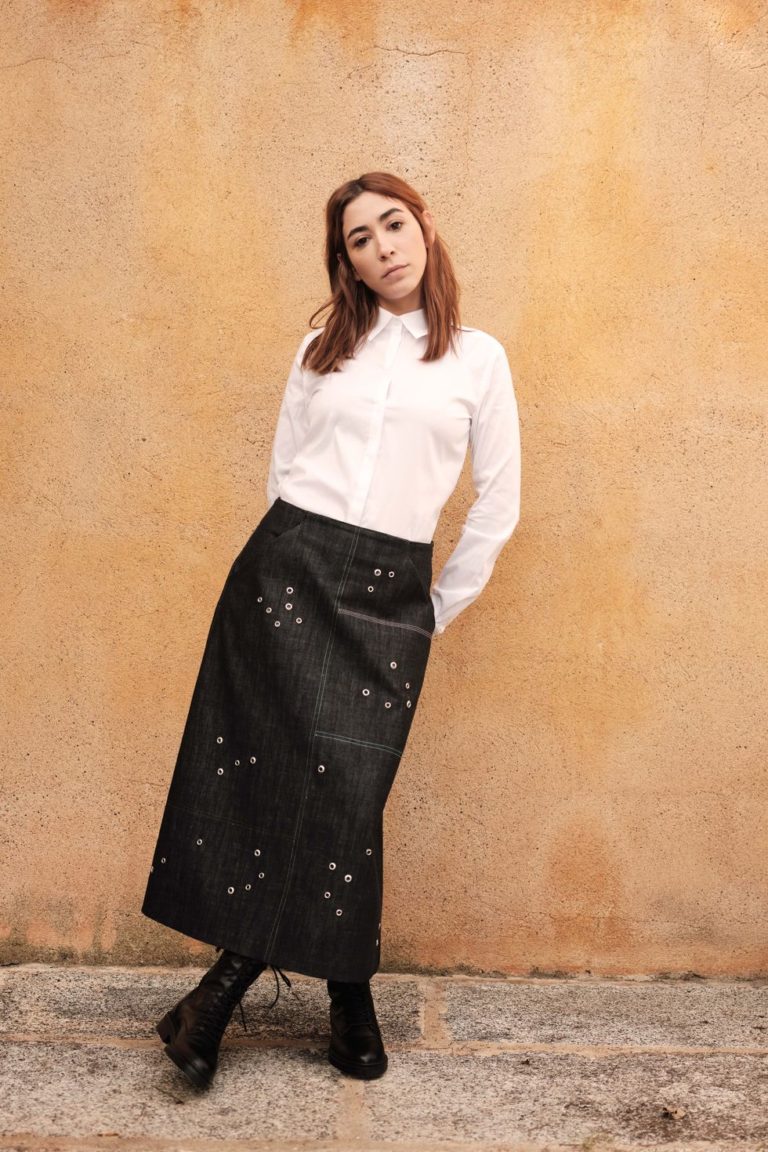KJINSEN: Redefining Petite Fashion With Inclusivity
Bianca Foley

Fashion brands often fall short when it comes to inclusivity and sustainability, but KJINSEN is here to change that narrative. As a brand focused on providing clothing for petite women, KJINSEN has made it their mission to integrate inclusivity and sustainability into every aspect of their business practices. I interviewed Liza Belmonte, founder of KJINSEN and fashion enthusiast, who herself stands at 5’ 0”; and asked about her firsthand struggles of finding clothing options that catered to shorter women while also aligning with her values of sustainability. This inspired her to create a brand that addresses the needs of petite women while promoting ethical and environmentally-friendly fashion.
One of the biggest challenges KJINSEN aims to overcome is the lack of options for petite women in the fashion industry. Traditionally, brands have based their designs on tall, slender fit models, perpetuating a “one size fits all” mentality. This approach ignores the fact that over 50% of the world’s female population measures under 5’ 3”. KJINSEN recognizes that the issue of fit is not exclusive to petite women but affects all women across different body types. By offering premium quality pieces thoughtfully designed for shorter frames, they empower customers to demand more from their clothing and break away from the disposable fashion culture perpetuated by fast fashion brands.
The process of creating a truly inclusive and sustainable fashion brand starts with understanding the needs and desires of the target audience. KJINSEN engaged with a community of 50,000+ women, primarily petite, through the founder’s TikTok channel. Real-time feedback from this diverse community shaped the development of the brand’s first collection. The brand recognized the importance of catering to a range of body types within the petite category, “The most poignant feedback came from short women with wider hips, fuller busts, etc. and we took it on board. In order to ensure that our clothing flatters the silhouette of all women under 5’ 4”, we fitted each garment not only on a single model with a slim frame but also on shorter women with diverse body types.”
@lizambelmonte 40 days of content to celebrate the launch of our luxury womenswear brand for the under 5ft4 customer #petitefashion #petitestyle #shortwomenfashion #luxuryfashionbrand ♬ original sound - Liza Belmonte
Inclusivity extends beyond product design to marketing and branding efforts within the brand. However when it came to booking models for fittings and photoshoots, the brand faced an unexpected challenge – most of London’s top modeling agencies didn’t represent models under 5’ 5”. Belmonte said, “We turned to more niche agencies, and for our fittings we hired models and also asked friends and family which allowed us to test the fit on a diverse range of body types.”
They remained committed to showcasing the diversity of their target audience. Recognising the lack of representation for petite models in the industry, Liza reached out to their community and encouraged petite models to come forward for future shoots. By casting women from their own community it allowed them to promote authentic representation in the fashion industry.
Looking at the next few years, Liza envisions a future where inclusivity and sustainability are prioritized in the fashion industry. The path towards creating a non-standard collection does come with its challenges due to the prevailing standard sizing blueprint followed by many pattern makers, ateliers, model agencies, and retailers. Belmonte said “ I am optimistic but I also know that there are significant challenges ahead; The process of creating a non-standard collection is full of barriers, again due to the ‘standard sizing’ blueprint that so many pattern makers, ateliers, model agencies, and retailers are used to.” This shift involves reducing the volume of clothes people feel the need to own and purchase. KJINSEN advocates for focusing on serving niche markets effectively rather than mass-producing standardized clothing. By doing so, the industry can dramatically reduce its output while maintaining creativity and catering to the diverse needs of consumers.


